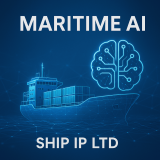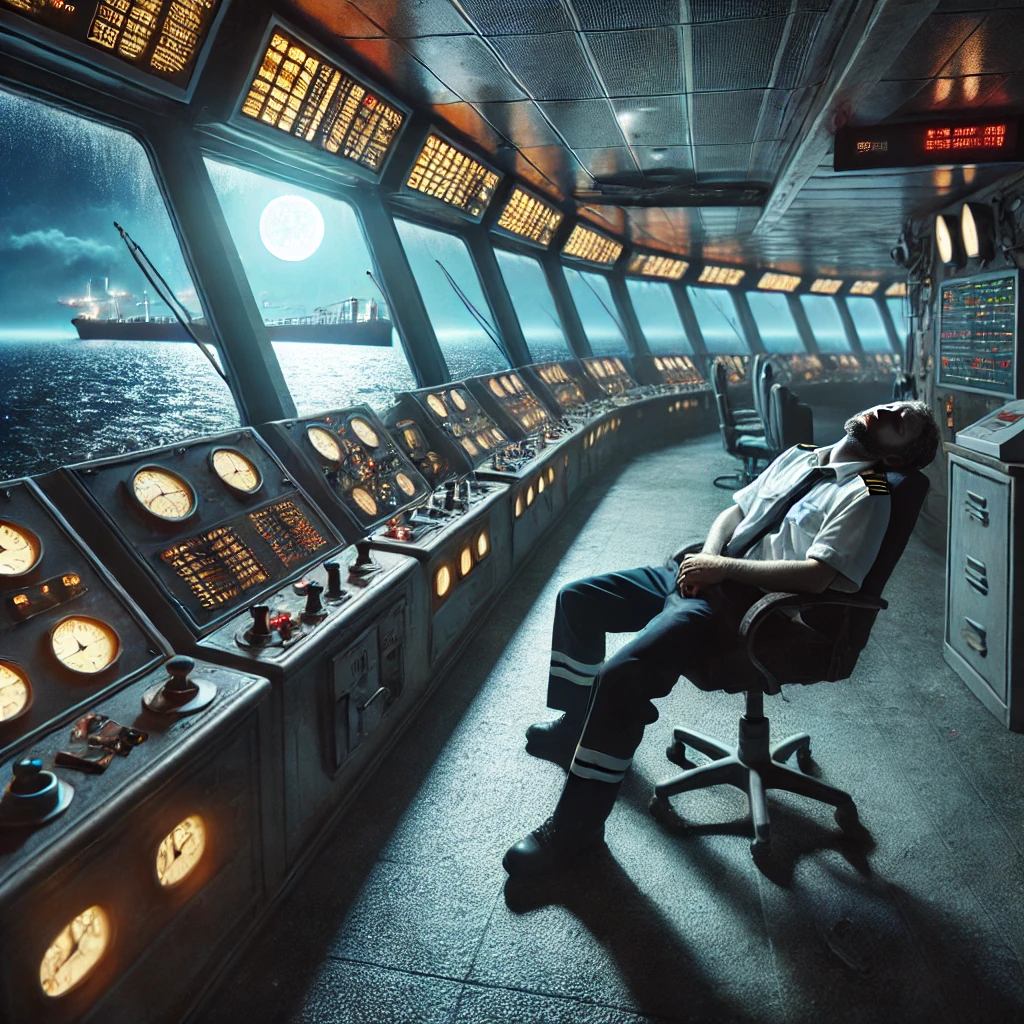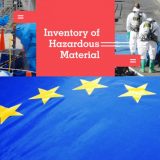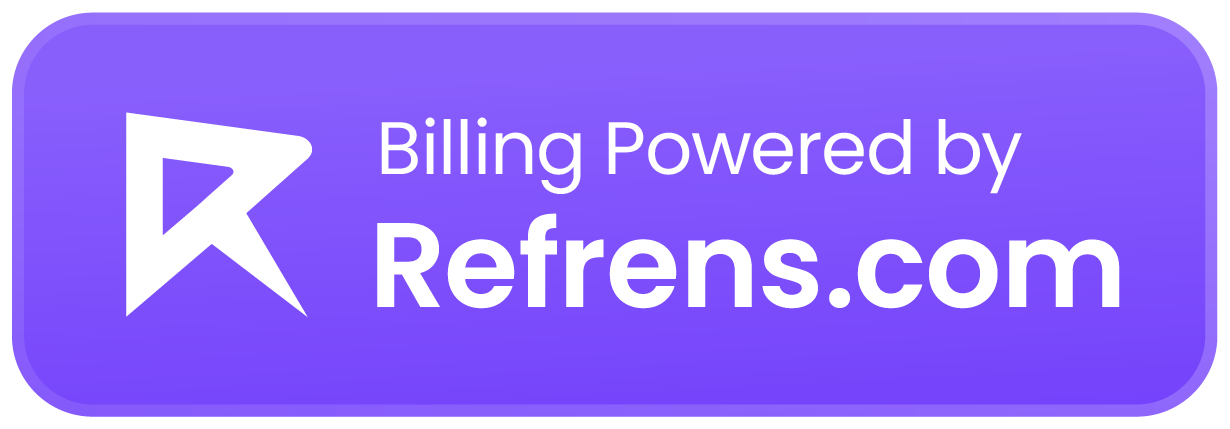Another superyacht belonging to a sanctioned Russian oligarch has put into port in the UAE, a jurisdiction widely perceived as a safe haven for Russian assets.
The aerodynamic superyacht Madame Gu, the vessel of Russian billionaire and politician Andrei Skoch, can now be found at Port Rashid, Dubai. The vessel went dark on AIS in March, a few weeks after the invasion of Ukraine, but she has been spotted at the pier next to the decommissioned cruise ship Queen Elizabeth II at Mina Rashid.
Skoch has been listed on the U.S. Treasury’s specially designated persons list since 2018. The Treasury claims that in addition to his position in Russia’s parliament, Skoch “has longstanding ties to Russian organized criminal groups, including time spent leading one such enterprise.” Skoch denies these charges, and he has said that he has no idea why he has been named to the list. “They say that it is connected with Ukraine, but I don’t even know, because I haven’t been to Crimea, and I don’t have any ties with Ukraine,” Skoch told Gazeta.ru in 2018.
The EU also sanctioned Skoch this year, citing his support for recognition for the breakaway provinces of the Donetsk People’s Republic and the Luhansk People’s Republic, two Russian-controlled areas in occupied eastern Ukraine.
The Madame Gu is in good company in the UAE. The well-known M/Y A, a sleek modern yacht belonging to billionaire industrialist Andrey Melnichenko, has been at the port of Ras al-Khaimah since mid-March.
The UAE is (so far) out of reach of American and European sanctions enforcement. The nation has longstanding ties to Russia, and its government has insisted on neutrality on the question of the ongoing invasion of Ukraine. It is one of the three dozen nations that abstained from voting on a UN resolution to condemn it. However, its perceived proximity to Russian wealth and banking have drawn the scrutiny of Western governments, and the UAE is under pressure to align its policies with American and European sanctions.
The UAE’s political ties with the United States are also strong: it is a leading buyer of U.S. weapons exports and it is the home of Al Dhafra Air Base, the headquarters of the U.S. Air Force’s operations in the Middle East.
Source: https://www.maritime-executive.com/article/sanctioned-russian-billionaire-s-yacht-pulls-into-port-in-mina-rashid





